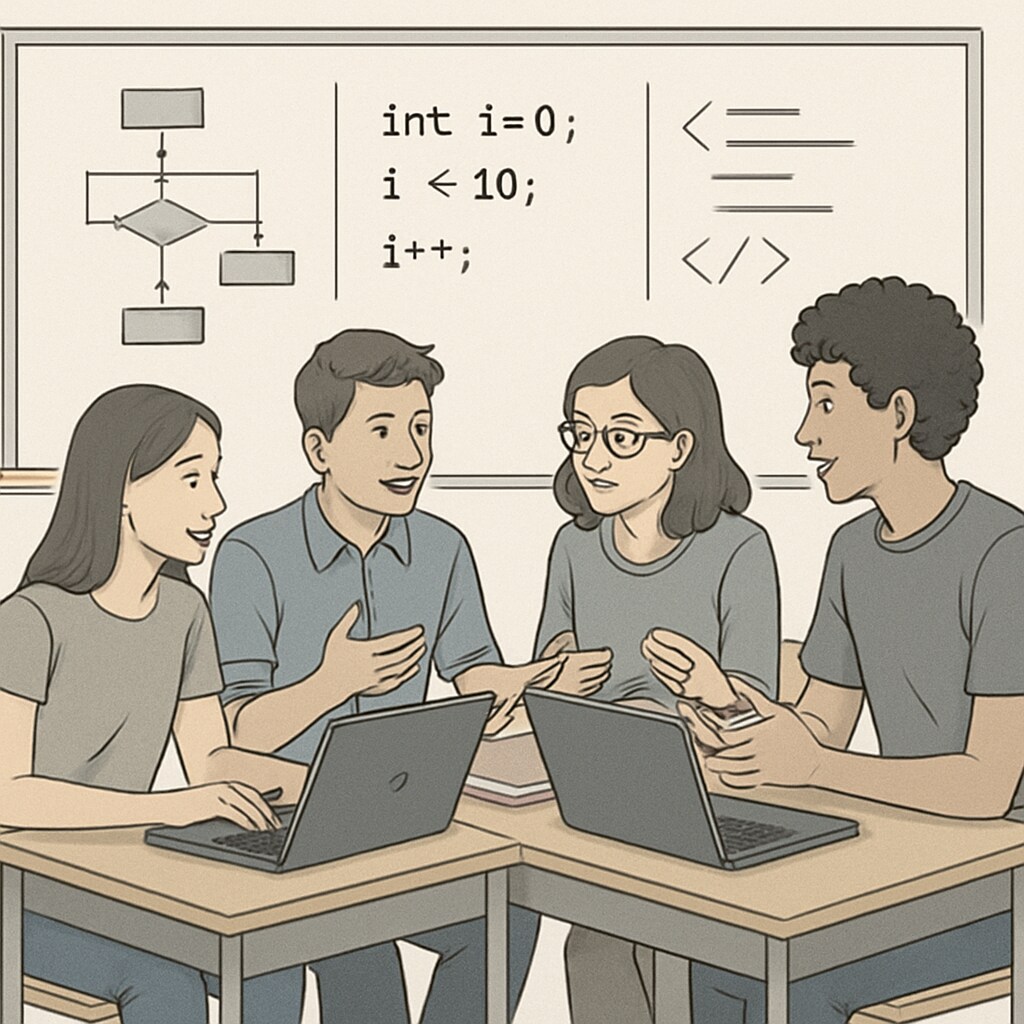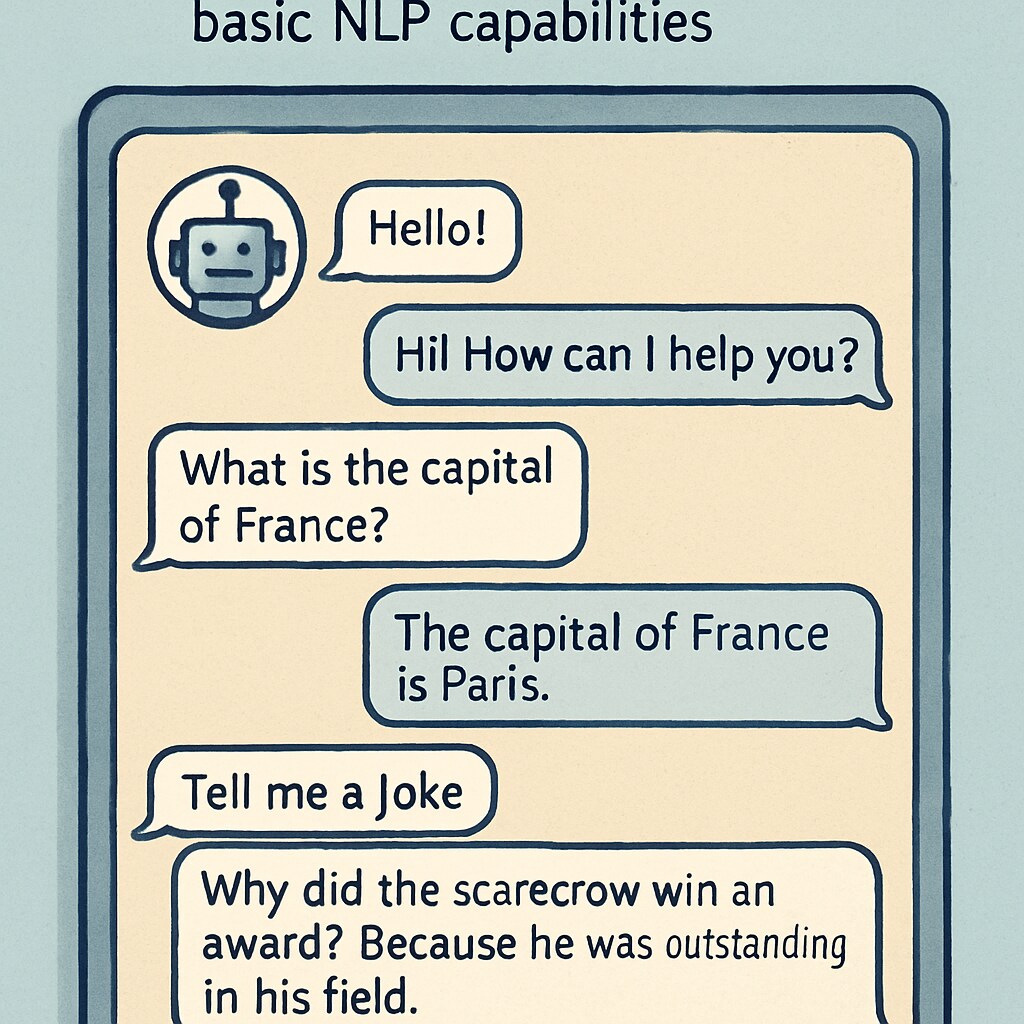Introducing practical and engaging interactive projects in undergraduate artificial intelligence (AI) courses is paramount, especially when faced with limited teaching resources. By focusing on foundational algorithm implementation and exploring low-resource applications of large language models (LLMs), educators can empower second-year students to grasp essential AI concepts and develop practical problem-solving skills. This approach not only enriches the learning experience but also bridges the gap between theory and real-world applications.
Interactive Learning: Overcoming Resource Constraints
Teaching AI in undergraduate settings often comes with challenges, such as constrained budgets and limited access to advanced computational resources. However, interactive student projects can be designed to work effectively within these limitations. For example, educators can introduce algorithm-based exercises that require minimal hardware while emphasizing core concepts like search algorithms, classification methods, or decision trees.
- Implementing foundational algorithms such as Bubble Sort or Depth-First Search using Python.
- Creating simple machine learning models with open-source libraries like Scikit-learn.
- Simulating decision-making processes through games or rule-based systems.
These projects encourage critical thinking, coding proficiency, and a deeper understanding of AI principles without the need for advanced infrastructure.

Exploring Low-Resource LLM Applications
Large Language Models (LLMs) like GPT can seem out of reach in resource-limited environments. However, educators can leverage low-resource alternatives or open-source versions to design hands-on projects that familiarize students with natural language processing (NLP) and human-computer interaction. For instance:
- Using pre-trained models available through platforms like Hugging Face to analyze sentiment in text.
- Developing simple chatbots with rule-based logic and basic NLP tools.
- Exploring ethical implications of AI by simulating biased outputs and discussing mitigation strategies.
These activities not only demystify LLMs for students but also encourage them to critically evaluate the societal impact of AI technologies.

Benefits of Interactive AI Projects
Interactive projects offer numerous advantages in undergraduate AI education. For example, they enhance engagement, foster collaboration, and enable students to experiment with real-world applications. Additionally, such projects help students build essential skills, including:
- Problem-solving and debugging techniques.
- Effective communication and teamwork during collaborative tasks.
- Critical evaluation of AI solutions in ethical and societal contexts.
As a result, students feel more confident in applying their knowledge beyond the classroom, preparing them for advanced studies or careers in AI-related fields.
Designing Scalable Teaching Frameworks
To maximize the impact of these projects, educators should consider scalable frameworks that adapt to varying class sizes and resource levels. For example:
- Encouraging peer-to-peer mentoring for collaborative learning.
- Creating modular project assignments that cater to diverse skill levels.
- Utilizing cloud-based tools for shared computational resources.
By adopting such strategies, educators can ensure that all students benefit from interactive learning opportunities, regardless of resource constraints.
In conclusion, designing interactive projects for undergraduate AI courses is an effective way to overcome resource limitations while fostering meaningful learning experiences. Educators can inspire students to explore AI principles, apply their skills to real-world scenarios, and critically evaluate the broader implications of artificial intelligence.
Readability guidance: Short paragraphs and lists enhance readability. Transition words like “however,” “therefore,” and “in addition” help maintain flow. Use active voice whenever possible to keep the tone engaging and direct.


